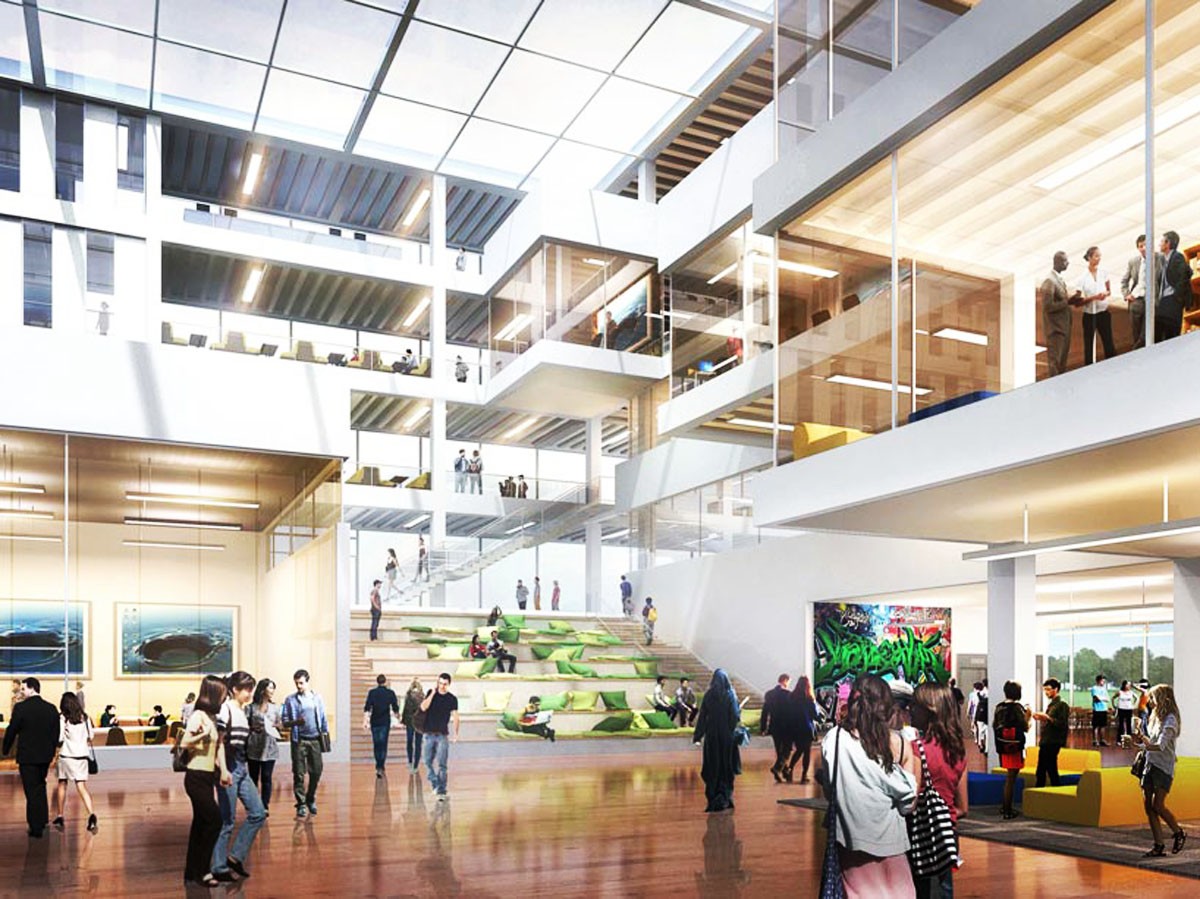
Brampton’s PC MPPs break silence on university funding, minister stonewalls NDP on cost of cancellation
The PC government refused to answer questions from two Brampton MPPs in the Ontario legislature Thursday about the potential cost of cancelling funding for three university campuses in the 905 region, including a Ryerson University campus planned for Brampton.
During question period, NDP members Kevin Yarde (Brampton North) and Gurratan Singh (Brampton East) demanded details about the economic impact on the city of losing the campus, as well as how much had already been invested in the three university satellite campuses for Brampton, Milton and Markham, all of which had been promised provincial funding.
“We know that hundreds of people invested significant time and effort moving these projects forward over many years. We also know that significant investment has already been made. The Town of Milton estimates they spent over a million on consulting costs alone. York University noted that donors and the York Region had already committed over $42 million, and the province has already loaned $11 million …. Can the minister tell us today how much the government has already spent on campuses they are now trying to kill off?” Singh asked.
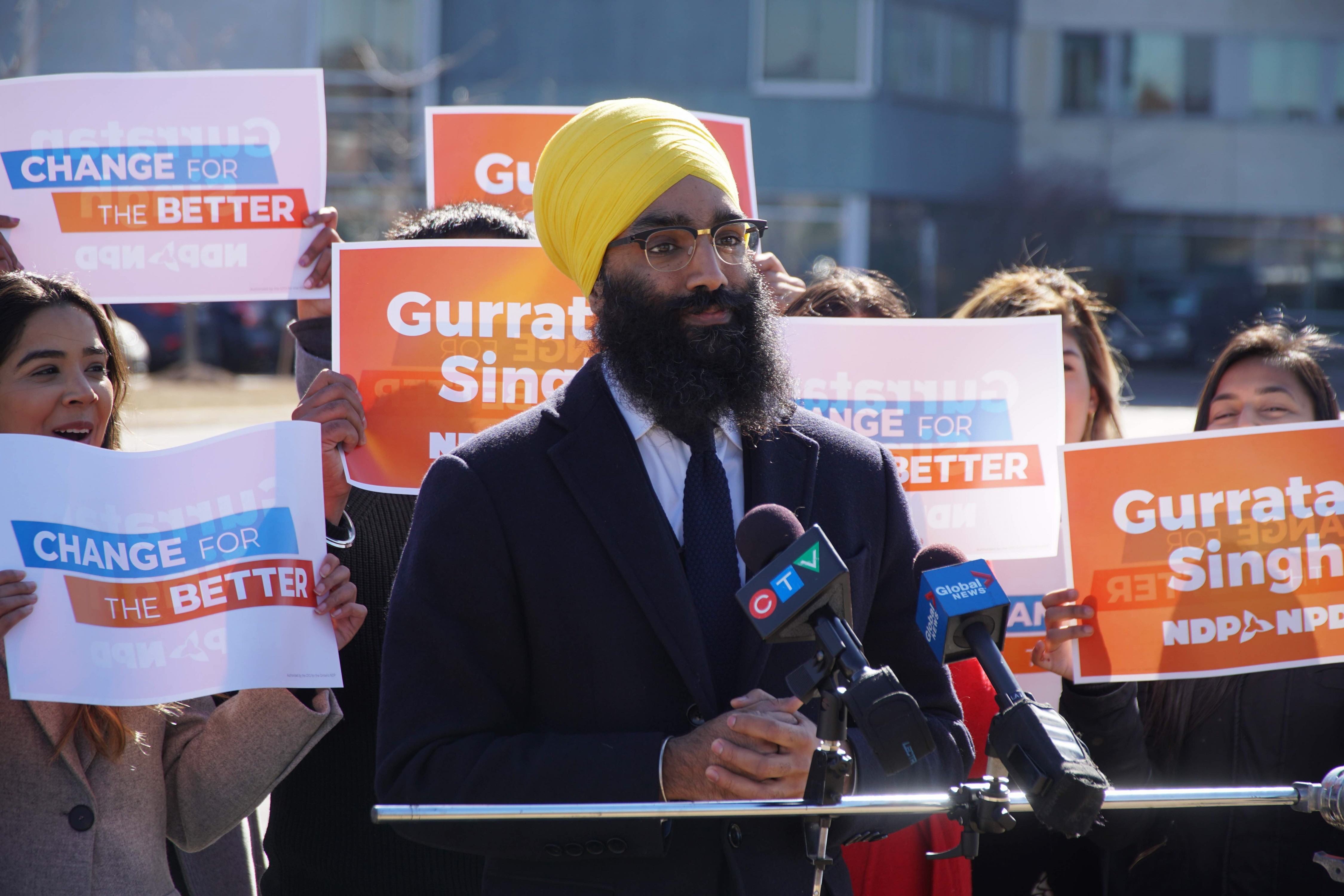
But Merrilee Fullerton, minister of training, colleges and universities, refused to answer the question. She responded instead with the same rote answers that she had the previous day to questions from Opposition Leader Andrea Horwath, pushing the government’s insistence that a ballooning deficit made the cuts necessary.
The claim does not square with the financial modeling for the Brampton university project. Projections included in a detailed economic impact study show the government's cancelled $90 million investment would have been made up in a little over six years, from $14.2 million of annual economic output for the province outside Peel Region and revenues that would go into provincial coffers. This would be added to the projected one-time overall tax revenue of $51.6 million for the province from the combined construction of the university and the proposed accompanying innovation centre in Brampton. This means, if the project moves forward without provincial funding, Queen's Park stands to make a share of the $14.2 million amount, each and every year, on the backs of future students in Brampton, without putting a cent into the university.
When factoring the overall tax revenue for the province, including its share of income tax, Brampton's proposed university would provide a projected $23.4 million of income into provincial government coffers each and every year.
“Our government was elected to restore accountability and trust in Ontario’s finances, and that is exactly what we are doing," Fullerton said in the legislature Thursday. "Due to the independent commission of inquiry, the depths of the waste and mismanagement of the previous Liberal government are now clear. In an election year, the Liberals made empty political promises to Ontarians for programs and projects they knew the province could not afford.”
Paul Aldunate, Brampton’s manager of downtown projects, says the city does plan to go ahead on building a campus without the province’s help. However, because of the sudden nature of the announcement this week, he had no answer yet for how the city would recoup the lost $90 million in provincial funding. A location for the campus, next to the downtown GO station, was chosen by the province shortly before last spring's election.
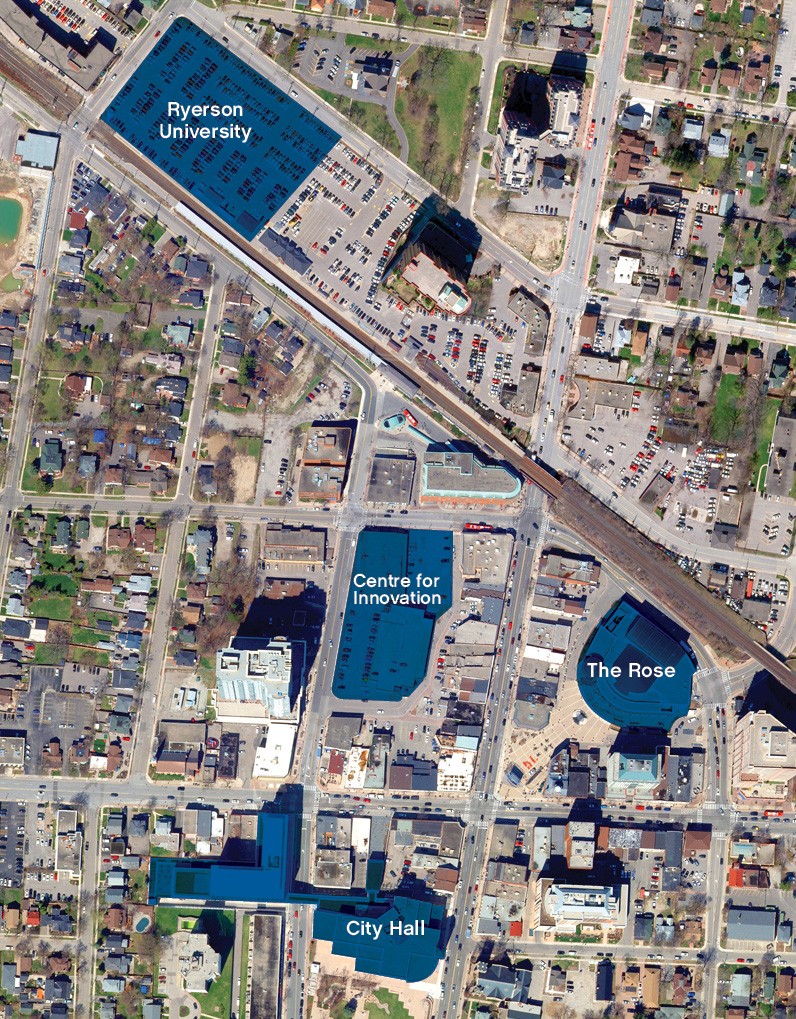
Asked if the city is considering options such as levies or other investments to make up the lost cash, Aldunate said, “We haven’t gotten into the level of detail in terms of how we do that. Maybe it’s a smaller scale in terms of what we move forward with at first. Those types of discussions are going to happen. We are optimistic.”
From the beginning, the project has been described as a jobs creator and an economic boost to Brampton. Yarde accused the government of being “opposed to creating jobs in Milton, Brampton and Markham,” and later characterized Fullerton’s rote answers as “the recording,” for which he was admonished by Speaker Ted Arnott.

Kevin Yarde
While the two NDP MPPs were being stonewalled by Fullerton, Brampton’s two PC MPPs, Prabmeet Sarkaria and Amarjot Sandhu, broke their silence with a joint open letter which mainly echoed Fullerton’s comments.
“We knew that the previous Liberal Government was mismanaging your tax dollars, but thanks to the Independent Commission of Inquiry, we are now aware of exactly how wasteful the previous government was. Our Government is given the task of cleaning up the fiscal mess that the previous Liberal Government has made.”
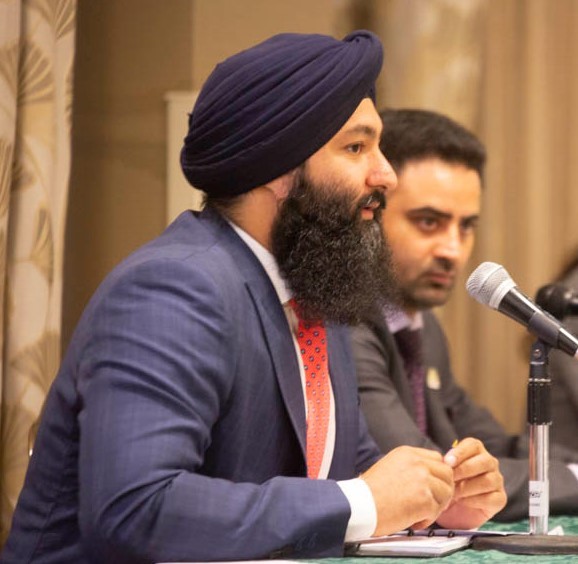
Prabmeet Sarkaria and Amarjot Sandhu
The letter added that the government would be “willing to consider a business case for how these projects may proceed in the absence of provincial capital funding. Brampton deserves a thoughtful, sustainable proposal to bring postsecondary education to our city. Together, we remain committed to working with stakeholders to make this happen.”
The City of Brampton has incurred costs that go along with a project of this scale. The soon-to-depart mayor, Linda Jeffrey, commissioned a blue-ribbon panel in 2015 to explore how to bring a university to Brampton. The panel, which was chaired by former premier Bill Davis and included Jeffrey, put in a funding request for $122,000 from the Corporate Services Committee, which it approved.
That money was intended to include $90,000 for an economic impact study, $15,000 for community engagement events such as town halls, meeting expenses in the amount of $5000, $1000 in office operations costs and $11,000 in contingency costs.
Aldunate said that not a great deal of background work has taken place yet involving the Ryerson satellite campus.
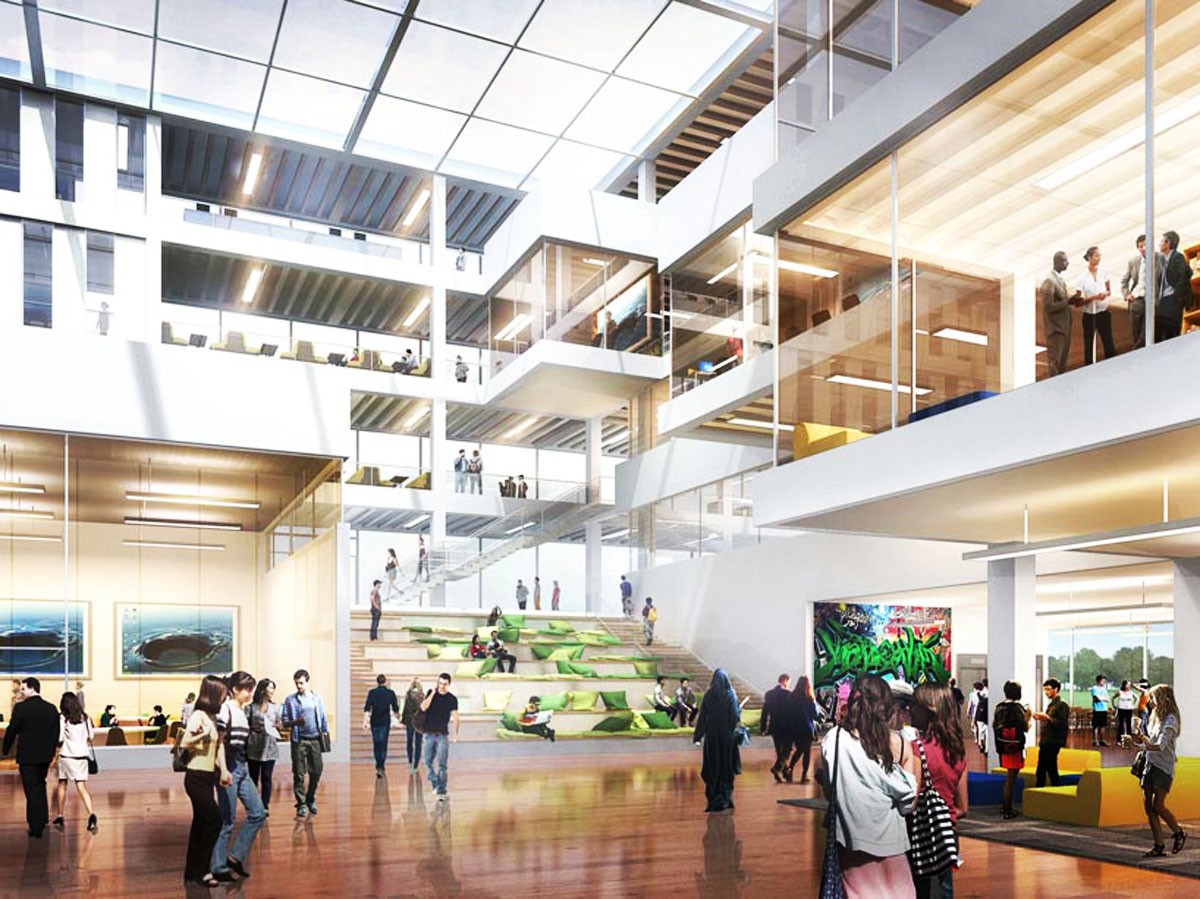
“We have spent between $15,000 and $17,000 to date on a pre-qualification exercise. There were two capital projects that were associated with this first phase of the university, one of them being the centre for innovation. The other was, of course, the academic building that Ryerson was going to build,” Aldunate said.
The pre-qualification exercise involved narrowing down the city’s choices for architects who will design the centre for innovation. He said this process was “as far as we (the city) have taken it, as far as expenditures (go).”
In November 2017, the City of Brampton completed an economic impact statement to see what effect a joint-use facility envisioned to be built alongside the campus—namely a Centre for Education, Innovation and Collaboration—would have on the local economy, and how it would offset the costs of constructing a campus.
The report speaks of an estimated construction price tag of $329.6 million, a one-time capital cost for seeing the project through to opening.
The innovation centre, envisioned as a 200,000-square-foot facility to be built downtown, would cost roughly $114 million, with an annual operating price of $22.3 million, but could provide the city with $293 million in economic output.
The glowing report estimated that construction of the new campus would have a one-time impact of 3,150 jobs, resulting in an economic output of about $678.8 million. The report said an additional 2,235 ongoing jobs would be created once the campus opened, with an economic value of $361.7 million.
The projected student population, numbering about 5,000, was expected to yield $492.7 million in gross economic output.
Submit a correction about this story


